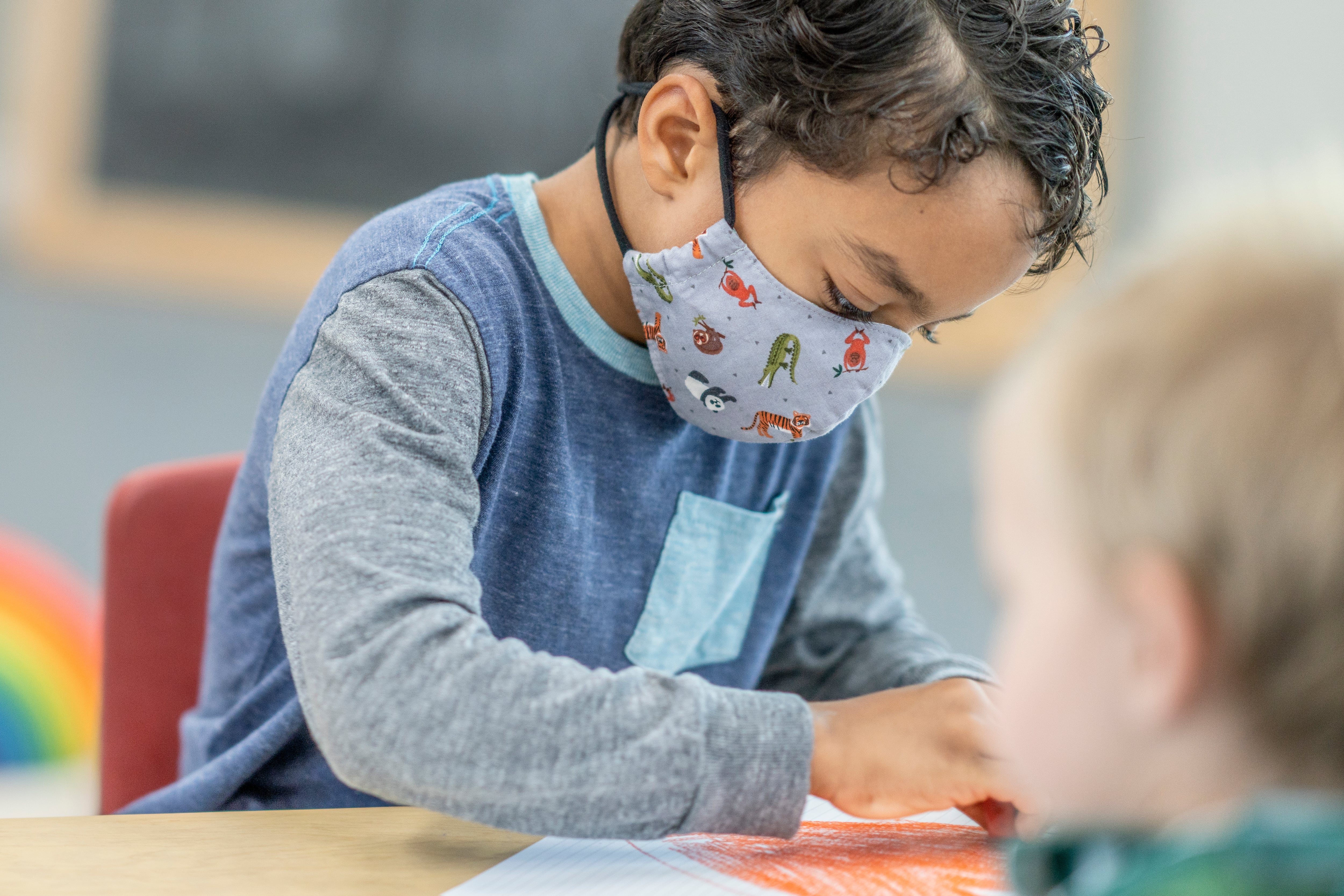At the same time that New York City faces the monumental task of reopening school buildings, officials are sprinting to set up a parallel child care system to help families whose children will return to classrooms part time.
The day after the city announced it would delay in-person learning by 11 days, Mayor Bill de Blasio revealed that its child care program would be similarly pushed to Sept. 21.
“We’ll have more to say very shortly on the specific details,” de Blasio said at a press conference Wednesday. “But that’s going to be key to the start of school.”
In the meantime, potential providers have lots of questions about how they will keep children safe during the coronavirus pandemic. Foremost among them is whether the city will stick to the model schools are using, in which small groups of students spend the day together to bring down the risk of spreading the coronavirus.
Parents, meanwhile, are also waiting for answers for everything from how their children will travel back and forth from the centers, to whether after-school care will be provided.
Most city students will be going back to school for one to three days a week, so there will be days that they are not in school and need care. City officials say the program, called Learning Bridges, will open on a rolling basis as capacity is scaled up to serve 100,000, as de Blasio promised, free of charge.
With more than a million children enrolled in the school system, the need could outstrip supply. On the other hand, only about 13,000 children have enrolled in the city’s emergency child care centers, which were opened this spring for the families of frontline workers.
Parents are already being surveyed for Learning Bridges programs, but the city has not shared details about how slots will be awarded. The city is prioritizing children who come from low-income families, and neighborhoods most impacted by COVID-19 or with high numbers of essential workers. They are leaning on organizations that already contract with the education department to provide a range of services, from preschool to after-school care.
Those providers have some of the same concerns as principals and teachers faced with the task of opening buildings safely for in-person classes. This week, United Neighborhood Houses, a policy and advocacy group that represents organizations that contract with the city for youth services, released a 4-page memo with a list of questions that highlight the complexity of the work ahead.
“There’s a lot of unknowns,” said Gregory Brender, director of youth and children’s services at United Neighborhood Houses. “Providers know from the families they serve that there’s a child care crisis in New York City. But providers’ number one concern is ensuring they’re safe.”
Brender said the city has committed to placing students from the same schools in Learning Bridges programs. But providers want further assurances that children from the same classrooms — not just the same campuses — will be grouped together.
Providers are also waiting for guidance around drop-off and pickups, whether their ventilation systems will be checked just like at city schools, and whether streets will be closed to provide outdoor learning spaces — given concerns that coronavirus spreads more easily indoors.
Potential providers will have access to telemedicine, but not on-campus nurses, Brender said. They’ll also have to pick up safety supplies and meals at a central location, which could pose logistical challenges.
A spokesperson from City Hall said officials are listening to concerns.
“We’re continuing to work with providers to ensure their needs are met ahead of the beginning of programming,” wrote Avery Cohen.
So far, the city has received almost 700 responses to its request for providers interested in launching a Learning Bridges program. Mary Cheng, who oversees early childhood programs with the Chinese-American Planning Council, could be among them.
“We are still awaiting more information on it, but [are] trying for one of our sites since we have the space,” Cheng said.






